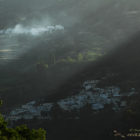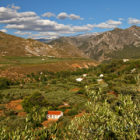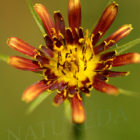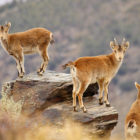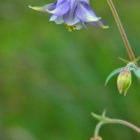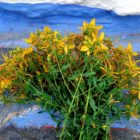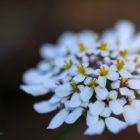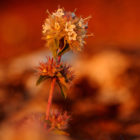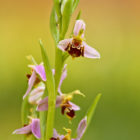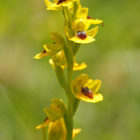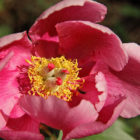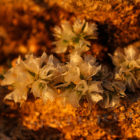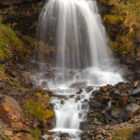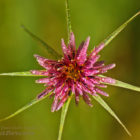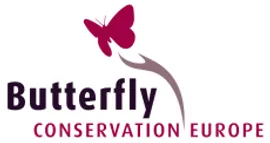Dates & Prices |
BOOK NOW |
Dates: 10th – 17th May 2022
Price: £1,295 Places available
Single Room Supplement: £125
Deposit: £150 per person
Price Includes: Accommodation, all meals, ground transport, services of guides & holiday report
Not Included: International flights, travel insurance, entry to archaeological areas, drinks & other personal items
Leader(s): Dr Yiannis Christofides & Juan Carlos Poveda Vera
Group Size & Travel: Minimum 4 & maximum 12 guests + 2 leaders
Grade: Generally easy walking at a very gentle pace
Holiday Highlights
- Explore the Sierra Nevada – a National Park and Biosphere Reserve, and the highest mountain range in mainland Spain
- Visit & stay in the famous Alpujarra villages, nestled on mountain slopes with networks of narrow winding streets among the whitewashed houses.
- General wildlife focus so we will be looking at everything, including plants, butterflies & birds
- Explore & enjoy some of Europe’s most impressive & beautiful landscapes
- Two centre holiday
- Relaxed pace with plenty of time for photography
- Led by one of our most popular guides alongside an excellent local guide
A new tour to one of Europe’s most striking and beautiful landscapes – the Sierra Nevada in Southern Spain!
A holiday to visit the beautiful Alpujarra region of the Sierra Nevada. The cluster of tiny whitewashed villages are spread along the park’s southern extremity. We shall stay in one of the iconic villages in the area. The Sierra Nevada, covering an area of over 850 square kilometres, is home to the 3,478-metre Mount Mulhacén, mainland Spain’s highest peak. Andalusia’s Sierra Nevada natural park is the largest in Spain. We shall explore the flora of this diverse mountain but also take in the interesting butterflies to be found in this area and other fauna. About 2,000 species of vascular plant, a quarter of those recorded for the whole of Spain, have been recorded here, with 70 plant species only being found in the Sierra Nevada. Because of its high altitude the mountain hosts several different habitats from Mediterranean to Alpine. There is extensive woodland of Castanea sativa and Pyrenean oak (Quercus pyrenaica), Pinus sylvestris, Juniperus sabina, J. communis, Quercus faginea and the maples Acer granatense and Acer monospessulanum. Commonly occuring shrubs on the lower slopes are Juniperus oxycedrus, Daphne gnidium, Berberis hispanica, Crataegus monogyna, Pistacia lentiscus, Olea europaea sylvestris and Quercus ilex. The water courses are fringed by alder trees (Alnus glutinosa), ash trees (Fraxinus angustifolia), elms (Ulmus minor), willows (Salix atrocinerea) and poplars (Populus alba). Over 60 species of bird inhabit the Sierra. including Golden and Bonelli’s eagles, peregrine falcons, griffon vultures and kestrels. On the higher slopes are Alpine accentors, black redstarts, northern wheateaters, rock thrushes, rock buntings, red-billed choughs and skylarks. In the woodland areas are hoopoes, short-toed treecreepers, green woodpeckers, coal tits, great tits, goldfinches and golden orioles. The most commonly seen mammal is the Spanish ibex, a type of mountain goat with distinctive curling horns. The park is renowned for its outstanding variety of butterflies with 120 species recorded here. We shall look for Provence Orange-tip, Sooty Orange-tip, Western Dappled White, Green-striped White, Nevada blue, Gatekeeper and Southern Gatekeeper.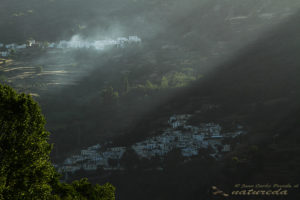

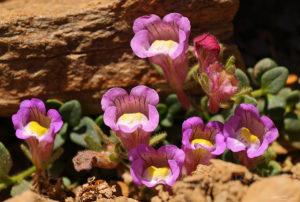
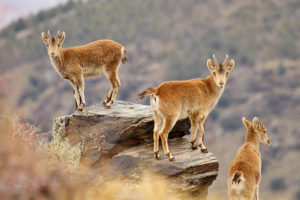
Day 1: ALPUJARRA
Arrival at either Almeria or Malaga airports and drive to the village of Capileira in the Alpujarra.
Depending on arrival times we walk locally before dinner.
Day 2: MULHACÉN AREA
Depending on the snow level, we will climb the highest area of the Iberian Peninsula, around Mulhacén (3.480 m.). We will do this, through the National Park Minibus, that drives from Capileira to 2.600 meters altitude, to look at the landscape and also at any early snowmelt plants such as Crocus. Birds like Golden Eagle, Red Billed Chough, Red-legged Partridge, Griffon Vulture should be around. Later in the afternoon we’ll walk though an ancient pathway that takes us towards the village of Capileira, for the landscape, flora, the ethnography and examples of the crafts of the area.
Day 3: IRRIGATION CHANNEL PATH
After breakfast, we are going to walk through a path through the irrigation channel (in an area near 2.000 m. altitude) similar to that built for the Moorish people, to see flowers, orchids, butterflies, dragonflies. The Alpujarra valleys are the perfect example of how human beings had to manage water to survive. Digitalis purpurea, Erinacea anthyllis, Genista versicolor, Astragalus granatensis, Lunch in a picnic area near there. Birds to be seen, Subalpine Warber, Southern-grey Shrike, Chiffchaff, Rock Sparrow, Rock Bunting, Red-legged Partridge.
Day 4: TREVENQUE, DOLOMÍAS
Today, we move to the north side of the area, mid-mountain (1,40 hours from accommodation). A special area that rises to a height of 2,078 meters in the Trevenque, with yet another unique landscape and associated endemic flora. First a path near Boca de la Pescá for dolomitic plants. After that, in the area of the Cortijuela (1,700 m.), we walk through wild pine forests with Pinus sylvestris subsp. nevadensis, Acer opalus subsp. granadense. Prunus ramburii, Aquilegia nevadensis, Primula elatior subsp. lofthousei, Armeria filicaulis subsp. trevenqueana, Centaurea granatensis, Convolvulus boissieri, Erodium boissieri, Rothmaleria granatensis, Helianthemun pannosum
Birds to be seen include Black Wheatear, Blue Rock Thrush, Thekla Lark, Rock Sparrow, Blackcap, Iberian Green Woddpecker. Transfer to the accomodation (1,10 hour). We will then spend two nights at cave houses, “Las Cuevas del Tio Tobas”, in the region of Guadix. https://www.cuevastiotobas.com/
Day 5: PUERTO DE LA RAGUA & HOYA DE GUADIX
In the morning we are going to visit the area of Puerto de la Ragua, at 2,000 meters altitude.
We walk on a path between a pine forest and scrub mountain vegetation. Erinacea anthyllis, Echinospartum boissieri, Genista versicolor, Adenocarpus decorticans, Juniperius comunnis, Juniperus sabina. Citril Finch is possible in this area. Hoya de Guadix at evening. The most beautiful moment to enjoy this spectacular landscape is at sunset form the top of the plateau looking the Badlands and the Iberian Ibex with Red-billed Chough singing, Rock Sparrow, Larks, Bee-eater, Common Kestrel, Black Wheatear.
Days 6 & 7: PRADOS DE OTERO, SAN JUAN RIVER (VELETA)
We drive for approximately 1.4 hours to the base of Veleta peak, from where we make our way towards the San Juan Valley, on a path to Prados de Otero, 2,200 meters altitude. Depending on the season and the snow level, it is possible to observe: Veronica turbicola, Gentiana pneumonante subsp. depressa, Gentiana sierrae, Antenaria dioica, Plantago novalis, Euphorbia nevadensis, Hormatophyla purpurea, Linaria nevadensis, Senecio nevadensis, Thymus serpilloides, Eringyum glaciale. Iberian ibex will be present on our trekking. Lammergeier may be flying from the reintroduction area on Cazorla & Segura Mountains. Alpine Accentor and Northern Wheatear.
Day 8: AIRPORT TRANSFER
New holiday so reports will follow later


